Machine learning-based applications have become prevalent across consumer, medical, and automotive markets. Still, the underlying architecture(s) and implementations are evolving rapidly, to best fit the throughput, latency, and power efficiency requirements of an ever increasing application space. Although ML is … Read More
Author: Tom Dillinger
Machine Learning and Embedded FPGA IP
Top 10 Highlights from the Samsung Foundry Forum
Samsung Foundry recently held their annual technology forum in Santa Clara CA. The forum consisted of: presentations on advanced and mainstream process technology roadmaps; the IP readiness for those technology nodes; a review of several unique package offerings; and, an informal panel discussion with IP designers and EDA… Read More
Block RAM integration for an Embedded FPGA
The upcoming Design Automation Conference in San Francisco includes a very interesting session –“Has the Time for Embedded FPGA Come at Last?” Periodically, I’ve been having coffee with the team at Flex Logix, to get their perspective on this very question – specifically, to learn about the key features that customers are seeking… Read More
Top 10 Highlights of the TSMC 2018 Technology Symposium
Here are the Top 10 highlights from the recent TSMC 2018 Technology Symposium, held in Santa Clara CA. A couple of years ago, TSMC acknowledged the unique requirements of 4 different market segments, which has since guided their process development strategy — Mobile, High-Performance Computing (HPC), Automotive, and… Read More
Hard IP for an embedded FPGA
As Moore’s Law enables increased integration, the diversity of functionality in SoC designs has grown. Design teams are seeking to utilize outside technical expertise in key functional areas, and to accelerate their productivity by re-using existing designs that others have developed. The Intellectual Property (IP) industry… Read More
Configurability for Embedded FPGA Hard IP
IP providers need to evaluate several complex engineering problems when addressing customer requirements – perhaps the most intricate challenge is the degree of IP configurabilityavailable to satisfy unique customer applications. … Read More
An OSAT Reference Flow for Complex System-in-Package Design
With each new silicon process node, the complexity of SoC design rules and physical verification requirements increases significantly. The foundry and an EDA vendor collaborate to provide a “reference flow” – a set of EDA tools and process design kit (PDK) data that have been qualified for the new node. SoC design methodology … Read More
Analog-to-Digital Converter IP for IoT Designs
The projected revenue growth rate for IoT electronics remains strong, across a wide range of applications – e.g., visual object identification, voice recognition, machine automation, health and fitness applications, environmental and energy controls. A key component of these designs is the analog-to-digital conversion… Read More
The hierarchical architecture of an embedded FPGA
The most powerful approach to managing the complexity of current SoC hardware is the identification of hierarchical instances with which to assemble the design. The development of the hierarchical design representation requires judicious assessment of the component definitions. The goals for clock distribution, power … Read More
IPC-2581: The Standard for PCB Data Exchange
The motivations to establish an industry standard data format are varied:
[LIST=1]
- solidify a “de facto” standard, transitioning its evolution and support from a single company to an industry consortium;
- aggregate disparate sources of design and manufacturing data into a single representation, with documented semantics;


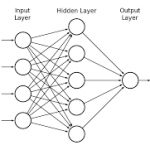
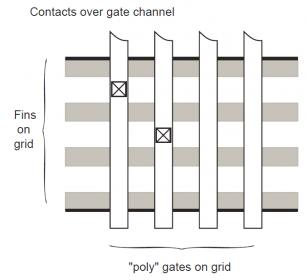
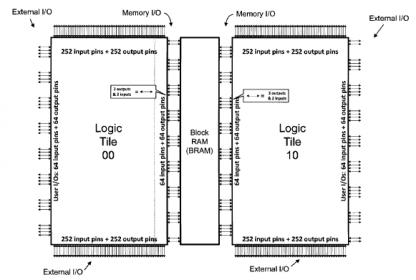

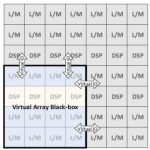
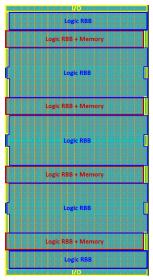
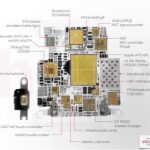
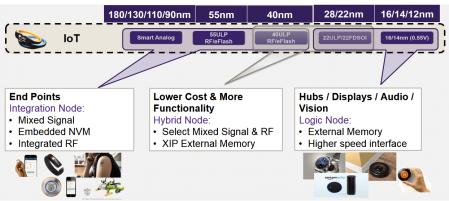
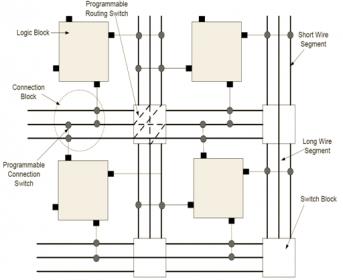








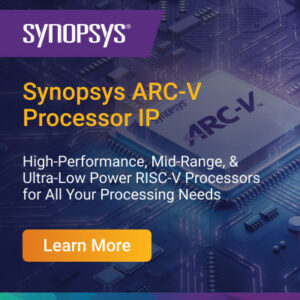
Real men have fabs!